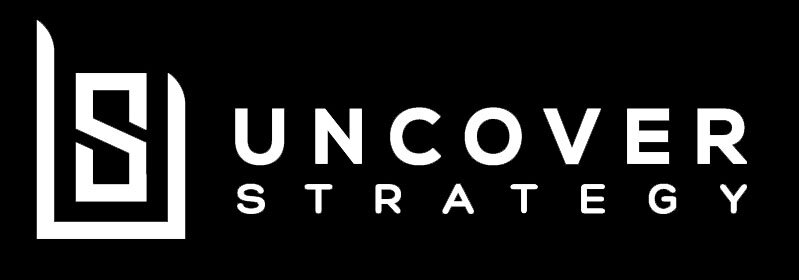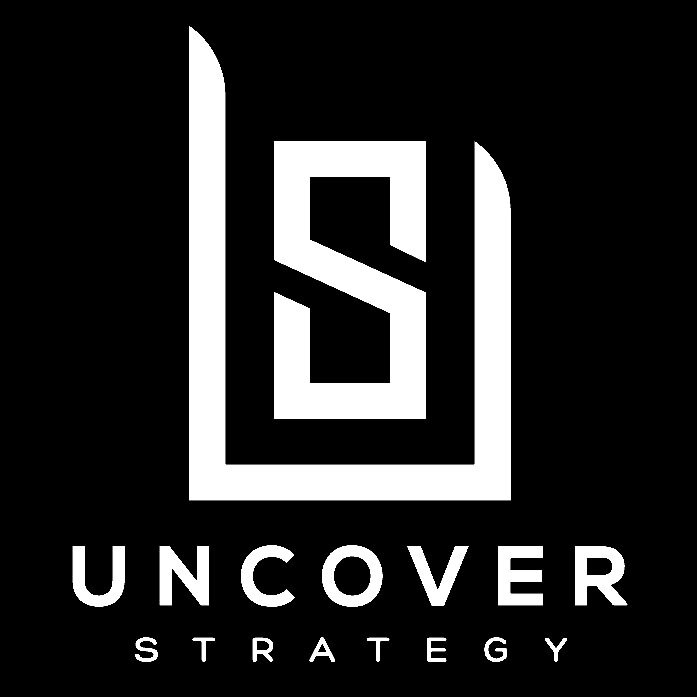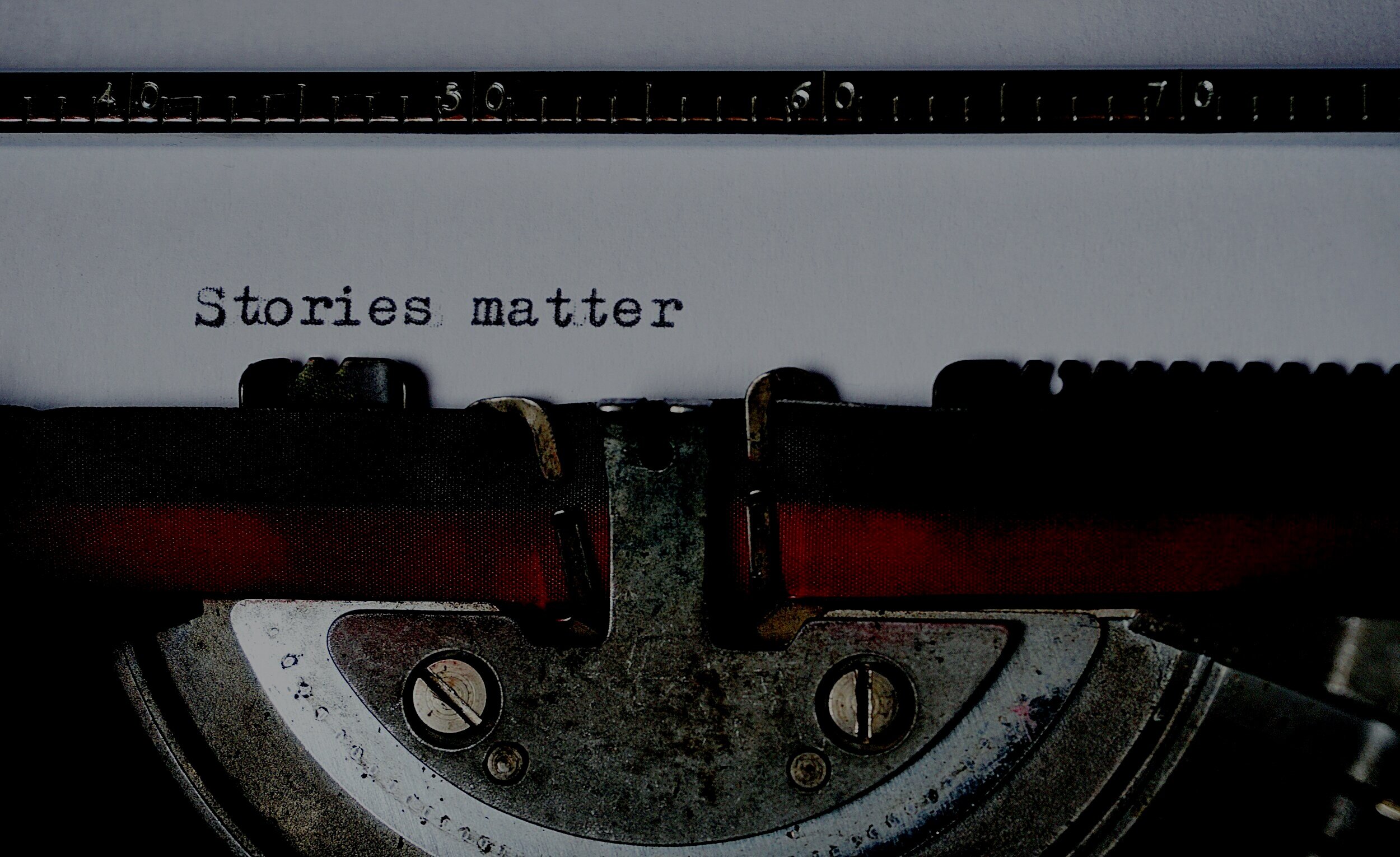Creating Impact In Your Work: A Critical Strategic Ingredient
Adopt.
Do you overthink often?
Let’s be honest; we all do it. Some a little more, some less. We see A, and we assume B. We are worried about C and imagine if we should do A, B, C or even D. And so on and on and on. The letters I used in the prior sentence show exactly this: I like to overthink—a lot. I can not believe I just spent even a minute thinking which letters I should throw in that sentence to make it sound neat (let me know if it should have been “L” or “T” or something else).
I am currently writing this post while sitting in the UniSA student lounge. Just a few seconds ago, the security guard did another standard walkaround throwing me that look that clearly says: “Nerd. Why are you here on Saturday nights?”. It is truly a weird experience on Saturdays to be anywhere near Uni. Right after 3 PM, it converts into a postmodern ghost-town. People tend to do things that are a little more fun on those days, you know? So why am I here right now? I missed the bus, that was the reason. Should I buy a car? No, that would not be worth it right now. Maybe a scooter? I began to think once again. Overthink.
Can overthinking lead to anything good?
Overthinking creates serious issues. These might often manifest themselves in the form of worrying (read this great classic from Dale Carnegie if you are interested in how to fight worry effectively). In reality, 99% of worries, according to Mr Carnegie, never become a reality. I tend to agree with the wisdom that he explains in many examples in his book back in the year 1990. Another one that stuck with me was “Managers who don’t know how to fight their worries die young.”.
However, today I was able to reap (a rare) benefit from my thinking efforts. When leaving the library, I saw a cart with free books on my way exiting the university library in the west of Adelaide. You must know that I tend to take pictures of random things throughout my days when I attach a thought. For example, I started to attach a thought onto that cart I just passed, and I took a picture of it. This kind of strange behaviour often pays me with confused looks of people wondering why in the world I would be that interested in that utterly normal object to take a picture of it (and even smile while doing it). And while I often don’t know if I would ever look at that picture again (thank you, Google Photos for unlimited storage), I often get a feeling that it might just be beneficial for a presentation or blog post maybe one day.
This picture below made it into the “being actually useful” state today. It shows a cart with a message attached that was located right next to the exit. The paper stated: FREE Books. Below that, in equally big and red letters: DO NOT Return Books Here (it always sounds like someone shouts when I see capital letters - do you, too?).
Free books to take home, sorted out from the library staff at the City West Library of the University of South Australia. With a twist on the original intention.
Source: Simon Beuse, 2021
Interestingly, most of the actual space on this note has been taken up not by the statement that these books are free but that no returns should be placed here. Clearly, they have had issues with this in the past. A good intended action resulted in people leaving books here that should not be given away for free. In English, you might say that this “backfired” a little bit, if I am not mistaken (or is this the wrong use of this word)?
It looks like the good intention of the “cart-to-consumer” convenient distribution channel of free books also included a free adoption of a new, entirely unintended, “return-to-library” process leading to issues. I wonder how many books they might have lost through his.
Adoption - the name of the game.
“That’s an old hat.”
Germans would say this to indicate that, whatever you just told me that you are excited to talk about, is something already known to most people or has been done in the past. And it goes with the key ingredient of adoption as well. Suppose one doesn’t put effort into his work while focusing on how that work will be adopted by others. The actual impact of that work will far more likely be close to zero to none. An old hat, I know. But how often do you actually think about it?
If you are anything like me, it is likely not nearly enough.
Image: Simon Beuse, 2021
Let’s take a step back.
Imagine you just finished a task that had a lot of your work entailed in it. You poured so much hard work into it, and are sure that it will deliver a great impact when your target audience reads it. This is what I often had in my head, for example. In one instance (I was tasked with this in the first few months of my study program), I often became frustrated when delivering documentation or writing reports. I labelled all my work and carefully put all output into different folders on a Shared Drive within the general organization accessibility, following a rigorous naming convention (which I took an hour to come up with). After hours of cross-checking and naming convention validation to complete my work fully, I sent out an email.
Hey all,
I hope you are well.
I am sharing with you all the information you need to do X or have questions related to Y.
Let me know how I can be of any help, or there are any errors.
All the best,
Simon
That was the first and last email I sent out to my colleagues. All they needed, right? They will remember this email when they come across a question related to the new system that will go live in three months. This will save me so much time, and they will be fully prepared!
Ever announced a quite big change with such a sloppy email? If so, you know how much this approach must have had backfired on me. A few days after go-live, questions related to using the new program filled my inbox to the rim. No one seemed to have remembered that I sent an email (to be fair, I would have neglected it as well).
I really took from this: If something is not urgent and will not stop people from doing what they are doing right now, it will not be given attention, especially if someone mentioned it only once.
I started thinking about how I can reach users better. I began by creating small videos that explain functions, Q&A sessions in my organisation, and placing announcements on the internal network forum. In the end, I gained the necessary impact. However, it could have been greater and less hassle if I had started thinking about it much earlier.
How to shift your focus for higher returns.
From the experience above, I learned my first lesson in how communication can be everything. But the impact, that is, users accepting and using the new tool, only came after I gave more thought on how I could nurture adoption.
So how can one improve impact through adoption?
I did not write this.
Yet it suits the topic of this blog post so well: Someone cleaned the whiteboard but missed the sentence “Link with theory”.
Source: Simon Beuse, 2021
Richard Koch explains it well when he says doing less will lead to higher results (see his book). Doesn’t it make sense? Let me explain with an example.
Let’s assume I spent 30 hours in total. Crafting all the documents, coming up with a naming convention, writing the e-mail to inform my colleagues. From these total of 30 hours, more than 25 (I roughly assume) I have spent on crafting the documents carefully. The naming convention took another hour from me that I will never be able to get back. And the rest? They have probably vanished by me overthinking and worrying about details in the report.
Yet how much impact did that deliver? Answer truthfully, Simon.
I must sadly admit the return on investment exactly equalled what you get out when you sell your shares after you invested in a business that is now bankrupt: A clean 0.
If I had been doing less, it would have had a greater impact. I am sure of that. Why? Because if I would have taken out only a few hours from this 30-hour time budget before I started this task to think about how I can ensure adoption, I might not have written even half the number of pages. I might have taken 5 hours to think about how I can deliver (this is what you would consider adoption in this context) this task best and nurture the aspect of adoption. As much as I enjoy reading, many people don’t. Research shows the attention span, especially among students, shortens dramatically. And TikTok is not helping here (Read: TikTok is the perfect medium for the splintered attention spans of lockdown). Acknowledging this fact, I could have decided to shorten the amount of information I would deliver via traditional black-and-white papers and push bits and pieces via short videos and produce them. I could have set up a chatroom for specific questions if there are questions left over after watching the videos. And so on and on.
Thinking about the adoption in a greater degree would have decreased the overall workload for me. And increased the impact greatly. In simple numbers (I call them “Impact Points” here) this would be:
Not Thinking About Adoption - Calculation
25hrs (documentation) + 4hrs (worrying + searching) + 1hr (communicating)= 30hrs x 0,1 (est. adoption)
= 3 Impact Points
Increased Adoption Thinking - Calculation
5hrs (adoption thinking) + 5hrs (documentation) + 5hrs (video production) + 5hrs (communication planning) = 20hrs x 0,9 (est. adoption)
= 18 Impact Points
And there you go. You did less. And you have had a greater impact.
I know how simplified and theoretical all this is. We know this is a simple calculation, hard or even impossible to measure. However, we also know that if no one is benefitting from our work, we would not have needed to do it in the first place. Some argue the reasons is that results and work are not correlated in a linear way that goes against conventional thinking. Others explain it with “time boxing”. The time you require to finish a task will almost always expand elastically to the boundaries you have set when to complete it, even if you could have technically finished it in less time.
Here are few things that worked tremendously for me and might as well work for you:
Realizing that adoption is key.
Realizing that output is most often not linearly related to the input.
Creating a habit to remind yourself about adoption or how your work can have the greatest impact.
My physical “reminder”.
This cheap piece of stone I place on the side of my monitor each time I start a new task. Not only does it help me to step back first from any task, but it also prevents me from rushing into into any task without first thinking about how to increase or nurture adoption.
If you can take a step back before you do any task to think about how you can increase adoption, you might multiply your impact (hence the multiplication in the equation). Even just a few minutes might help to not do any work that is irrelevant or has little to contribute to your overall work goal.
Have you given much thought on how your work is perceived or how you can maximize your output? Did you ever think that the idea of doing less might actually mean to be able to generate higher results? Is there a type of task you think this might not apply well to?
I would love to hear your thoughts in the comments, Social Media or e-mail!






